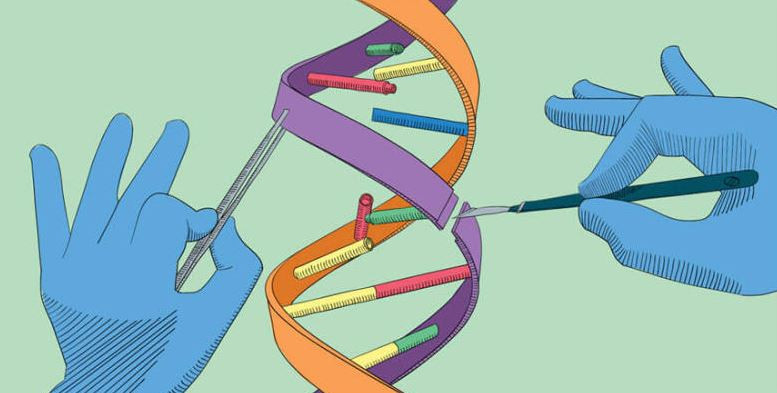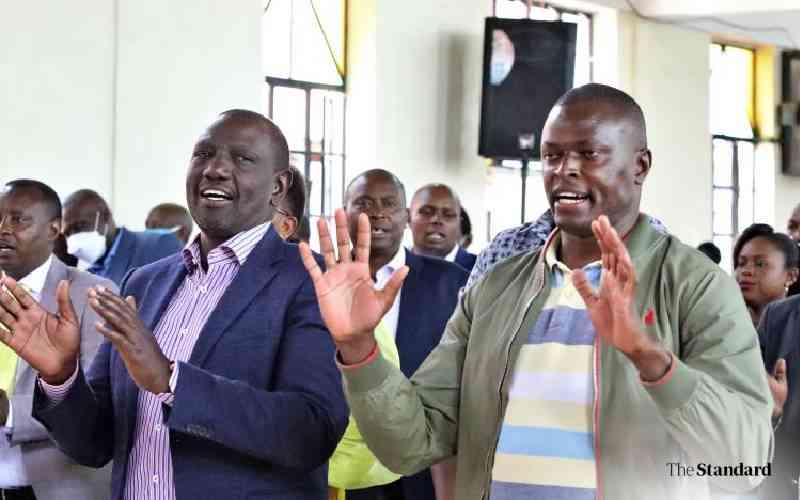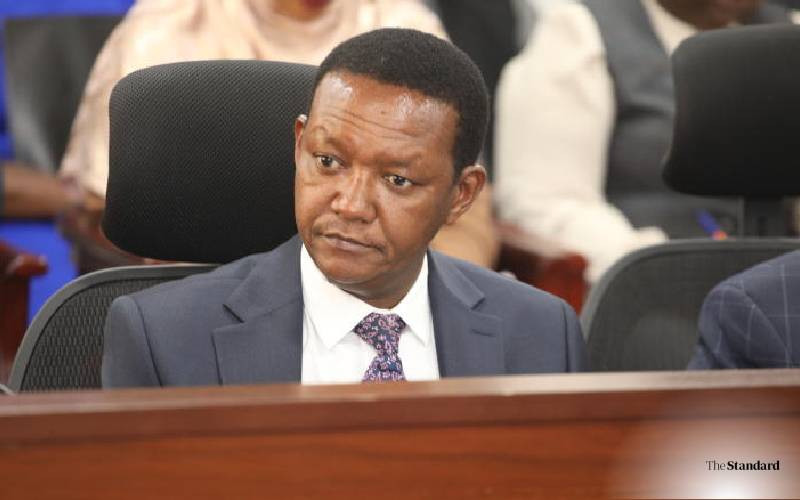By Kanyankore M Rudasingwa
Children always matter.
But in this exciting time, as Kenya implements the 2010 Constitution and navigates the transition to county governments, children should matter even more. Kenya has done well for its children. Now is the time to do even better.
Kenya has brought down the under-five mortality rate, for example, from 115 per 1,000 live births in 2003 to 74 per 1,000 live births in 2009. Kenya deserves great credit for this achievement, especially because it has driven its child death rate down faster in this period than any other country in sub-Saharan Africa.
The methods that brought this wonderful result are tested and proven. Immunization coverage rates increased from 57 per cent to 77 per cent between 2003 and 2009. The use of oral rehydration salts grew from 29 per cent to 39 per cent in the same period.
And while only five per cent of children under five years of age were sleeping under insecticide-treated bed nets in 2003, by 2009, 47 per cent were protected by nets. The rate of exclusive breastfeeding has grown, as has access to HIV prevention and treatment and to safe water and sanitation facilities.
Now, across the 47 counties, children and their families are counting on the new County governments to continue and expand the gains that have been made nationally, by making these interventions and services more uniformly and widely available and accessible.
Protecting the rights and meeting the needs of the poor and marginalised calls for special measures, and in Kenya’s case, devolution and County governance are the measures designed to meet the promises the Constitution holds out for all Kenyans and equalises the benefits of development.
National averages
As the Constitution puts it, County governance is the way “to protect the rights of minorities and marginalised communities” and “to promote social and economic development and the provision of proximate, easily accessible services throughout Kenya.”
At the moment, many children’s rights are at risk because they lack access to the services and interventions that I’ve mentioned. So while Kenya’s national averages indicate good progress, progress is far from uniform.
Depending on where a child is born in Kenya can mean the difference literally between life and death. A child born in Siaya County, for example, faces a much higher risk of dying before the age of five than a child born in any other county in Kenya.
Concentrated efforts to improve children’s access in Siaya to the necessary services and proven and cost-effective measures and interventions will, therefore, pay enormous benefits.
Similarly, where a child is born makes a huge difference in whether that child will reach his or her full potential, complete basic and secondary education and acquire the skills needed to build his or her County and country.
Children who live in Kenya’s arid and semi-arid lands (ASALs), including much of Eastern and Northern Kenya: Mandera, Marsabit, Narok, Samburu, Taita Taveta, Turkana, Wajir, and West Pokot, for example, have lower school enrolment and completion rates.
Stay informed. Subscribe to our newsletter
Access to pre-primary and primary school is limited for many children in these areas, and so like many of their parents, children in the ASALs will not enrol in or complete school.
Malnutrition contributes to over half of all child deaths in Kenya and children in the ASALs are at higher nutritional risk than children in other areas of Kenya. Good nutrition, of course, confers enormous benefits on children, protecting their physical and mental development.
When mothers are well nourished and when children receive good nutrition and care particularly in the first three years of life, evidence shows they learn faster, repeat grades less frequently and complete their schooling better than children who did not receive similar care and nutrition.
So efforts to improve access for children to primary health services and early nutritional interventions will yield large dividends for children and their families, and for Kenya’s development and growth as a whole.
Truly unique
Children under the age of 18 comprise about half of Kenya’s population.
That proportion is even higher than half in some counties, including Garissa, Turkana and West Pokot, for example, where children comprise 60 per cent or more of the total population.
As the world begins a final push towards reaching the Millennium Development Goals by 2015, Kenya’s Counties have truly unique opportunities.
By putting children at the top of their planning agendas and budgeting for the cost-effective services that benefit children and all their citizens, they will fulfill their constitutional role, protect children’s rights, push the nation closer to the MDGs and build the prosperity that all Kenyans desire and deserve.
The writer is Unicef Representative in Kenya.
 The Standard Group Plc is a
multi-media organization with investments in media platforms spanning newspaper
print operations, television, radio broadcasting, digital and online services. The
Standard Group is recognized as a leading multi-media house in Kenya with a key
influence in matters of national and international interest.
The Standard Group Plc is a
multi-media organization with investments in media platforms spanning newspaper
print operations, television, radio broadcasting, digital and online services. The
Standard Group is recognized as a leading multi-media house in Kenya with a key
influence in matters of national and international interest.
 The Standard Group Plc is a
multi-media organization with investments in media platforms spanning newspaper
print operations, television, radio broadcasting, digital and online services. The
Standard Group is recognized as a leading multi-media house in Kenya with a key
influence in matters of national and international interest.
The Standard Group Plc is a
multi-media organization with investments in media platforms spanning newspaper
print operations, television, radio broadcasting, digital and online services. The
Standard Group is recognized as a leading multi-media house in Kenya with a key
influence in matters of national and international interest.





